Intake System Maintenance – Working Towards A Greener World
Australia’s automotive industry is in a state of transformation, driven by new emissions standards, technological advancements, and evolving consumer behaviours. As electric vehicle (EV) adoption accelerates and urban infrastructure evolves, maintaining vehicle efficiency—particularly for internal combustion engine (ICE) vehicles—has never been more important. We will explore how these changes impact intake system maintenance and why proactive care is essential for Australian drivers.
Electric Vehicle Growth and Market Dynamics
The Australian EV market is growing rapidly, with nearly 100,000 EVs sold in 2023, double the figures from previous years. Projections indicate that the market could reach USD 9.6 billion by 2029, signalling a strong shift toward sustainable mobility. However, while EVs promise reduced emissions, challenges such as the high cost of new technology, concerns over after-sales support, and long-term part availability remain hurdles for widespread adoption.
CARBON REMOVAL GALLERY
The Role of Internal Combustion Engines in the Modern Era
Despite the rise of EVs, many Australians are choosing to retain and maintain their existing ICE vehicles. Rising costs of EV technology, combined with economic pressures, have spurred a growing interest in keeping older cars roadworthy. Australians are spending close to $10 billion annually on maintaining historic and classic vehicles, focusing on mechanical repairs and part replacements. This trend underscores the importance of intake system maintenance in extending the lifespan and efficiency of these vehicles.
Start-Stop Technology and Urban Driving Challenges
Modern ICE vehicles are often equipped with start-stop technology to improve fuel efficiency and reduce emissions. While beneficial for the environment, this feature increases the frequency of engine restarts, which can lead to incomplete combustion and carbon build-up in the intake manifold, valves, and EGR system. Similarly, urban driving conditions characterised by traffic calming measures, reduced speed limits, and stop-and-go traffic prevent engines from reaching optimal operating temperatures. These factors contribute to increased carbon and soot accumulation, further highlighting the need for regular intake cleaning.
Stricter Emissions Standards: Preparing for Change
The Australian government’s New Vehicle Efficiency Standard (NVES), launched in January 2024, enforces stricter emissions controls. While some high-emission vehicles, like the Toyota LandCruiser 70 and RAM 1500 TRX, are temporarily exempt, the push toward greener vehicles is clear. Compliance with these regulations requires ICE vehicles to operate as cleanly as possible, making regular intake maintenance crucial for reducing emissions and improving fuel efficiency.
How Intake System Maintenance Helps
Intake system maintenance offers several benefits:
- Improved Fuel Efficiency: Cleaning carbon and soot deposits ensures efficient airflow, optimising combustion and reducing fuel consumption.
- Enhanced Engine Performance: Services like walnut shell blasting restores engine power and responsiveness by removing stubborn carbon deposits.
- Reduced Emissions: A clean intake system minimises harmful exhaust emissions, helping vehicles comply with stricter regulations.
- Prolonged Engine Life: Regular care prevents long-term damage caused by carbon build-up, reducing the need for costly repairs.
Drive Green, Drive Clean
At Intake Cleaning, we specialise in services tailored to modern automotive needs, including intake system maintenance, EGR valve cleaning, turbocharger carbon removal, and oil catch can installation. These solutions address the challenges posed by evolving driving conditions and emissions requirements.
Balancing Tradition and Innovation
As EV sales grow and manufacturers innovate for a greener future, many Australians remain committed to their existing vehicles. Balancing the adoption of cutting-edge technology with the upkeep of ICE vehicles reflects the diverse needs of today’s drivers. By staying ahead of industry trends and prioritising maintenance, Australians can ensure their vehicles remain efficient, compliant, and roadworthy in a rapidly changing automotive environment.


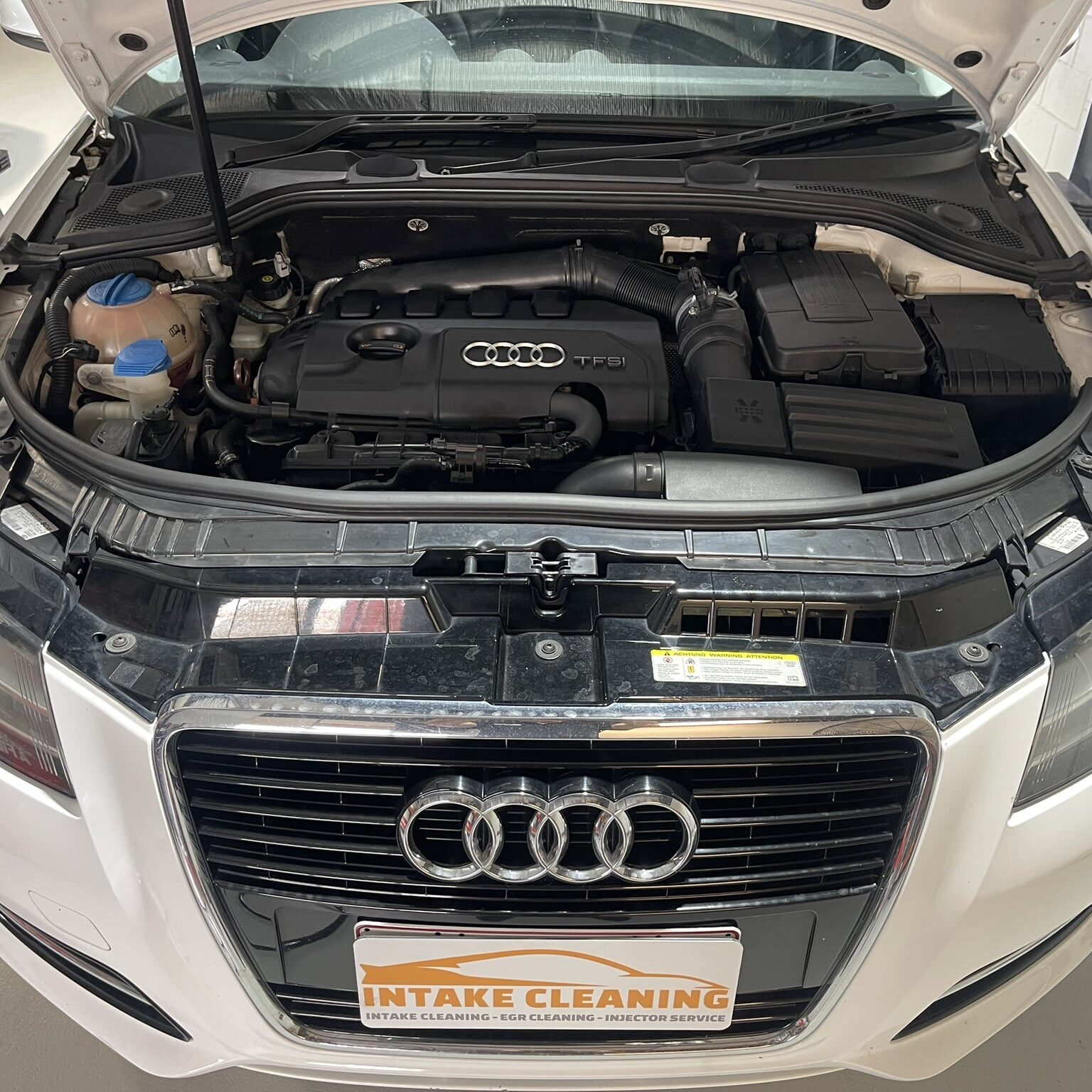
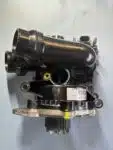
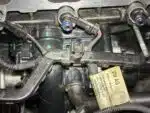
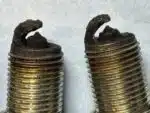
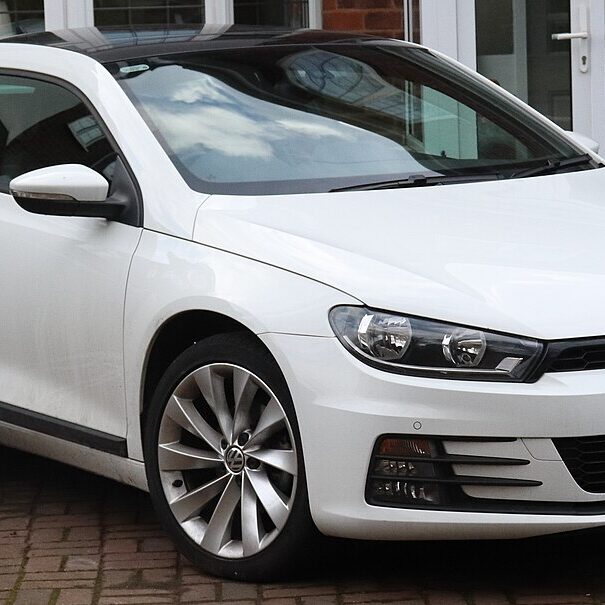
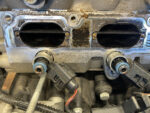
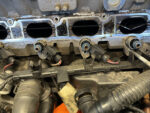


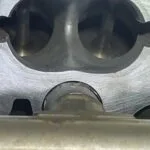
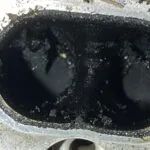
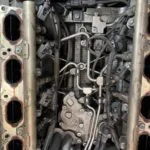

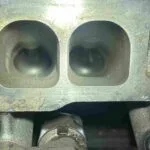
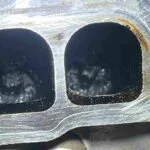
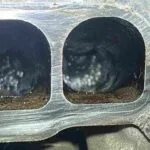
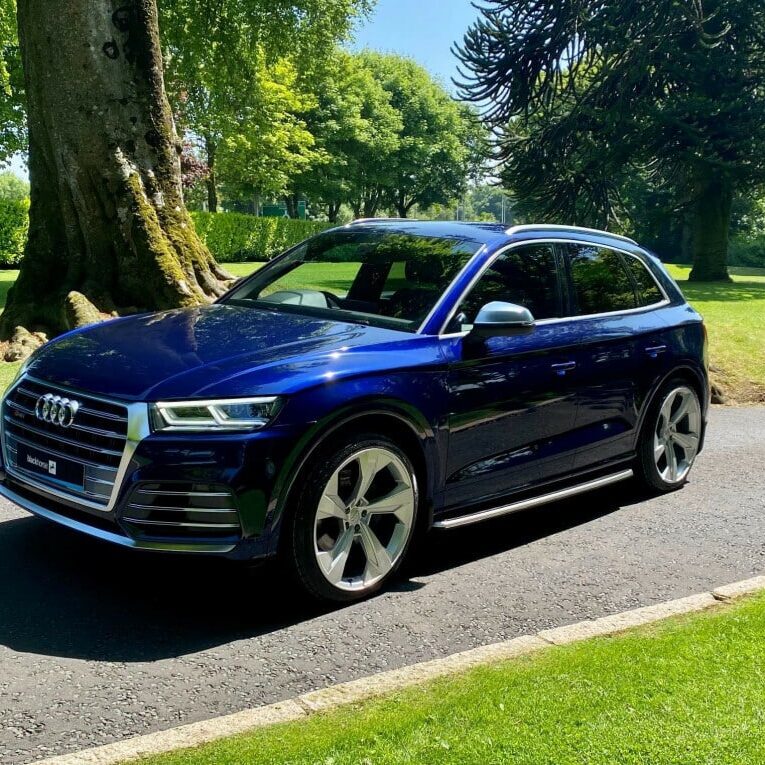
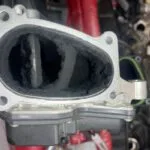
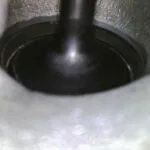


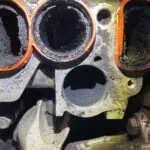
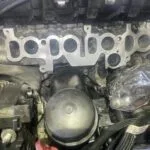
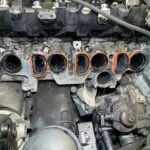
 Are you experiencing issues with the performance or reliability of your car? Book in for our diagnostic service where we can determine exactly whats wrong with your vehicle. We offer more services that just
Are you experiencing issues with the performance or reliability of your car? Book in for our diagnostic service where we can determine exactly whats wrong with your vehicle. We offer more services that just 




